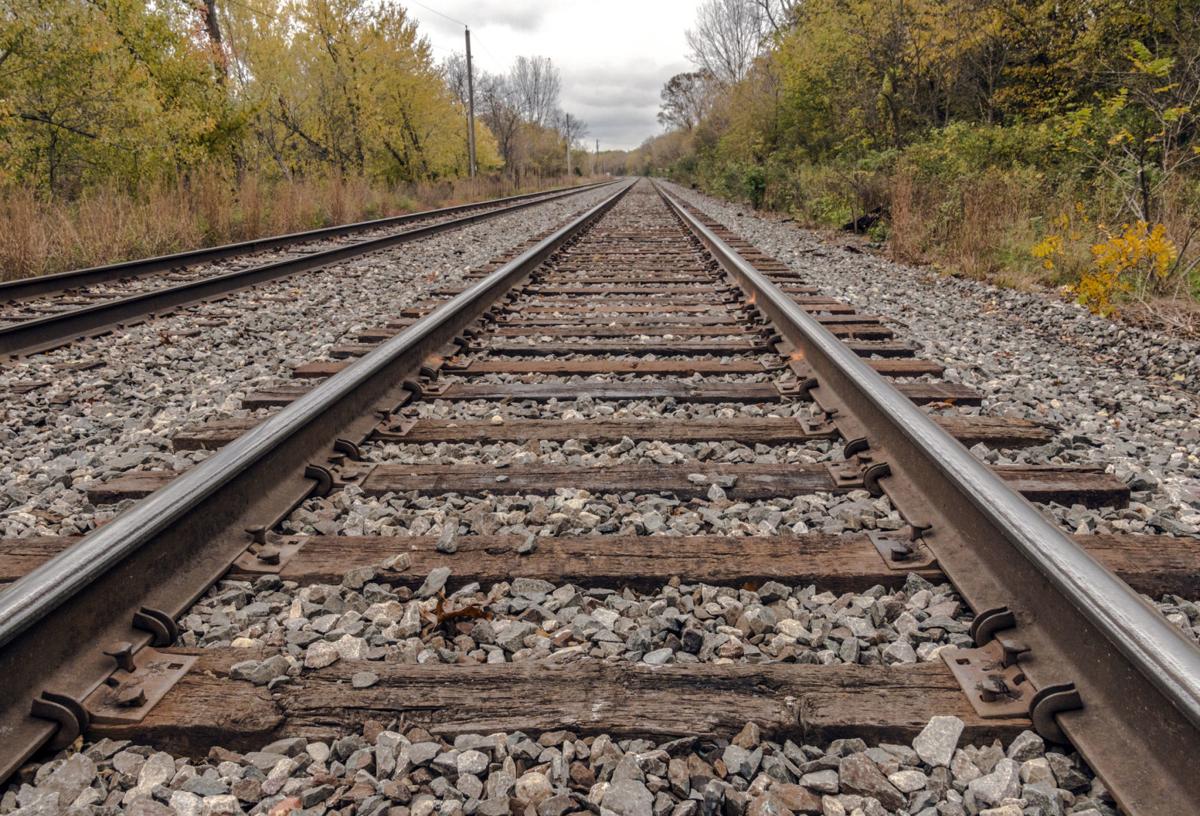This Day in History: The first train, a steam locomotive, was built on this day (February 21) in 1804. This engine hauled 10 tons of iron and 70 men nearly ten miles from Penydarren, at a speed of five miles-per-hour.
There is something that connects the ancient chariots, locomotives and the space shuttle.
The US standard railroad gauge (distance between the rails) is 4 feet, 8.5 inches.
We got this number from the builders in England.
The first rail lines were built by the same people who built the wagon tramways, and that's the gauge they used.
The people who built the tramways used the same tools that they had used for building wagons, which used that same wheel spacing.
That wheel spacing was important because if they tried to use any other spacing the wagon wheels would break more often on the roads that were in place.
These old rutted roads were formed by the Roman war chariots who also had that specific wheel spacing.
Imperial Roman army chariots were made just wide enough to accommodate the rear ends of two horses.
Now let's jump to today. The space shuttle is flanked by two solid rocket boosters. These solid rocket boosters are built in Utah. They are sent by trains so these solid rocket boosters are built to such a size so that they can fit through the railroad tunnels.
These tunnels are meant to accommodate trains that are limited by the size of the 4 feet, 8.5 inch railroad gauge. SO, a feature of the Space Shuttle design, one of the world's most advanced transportation systems, was determined thousands of years by the width of two horses rear ends.




No comments:
Post a Comment